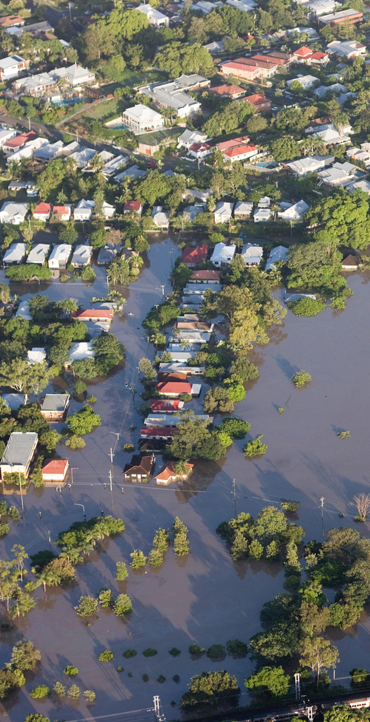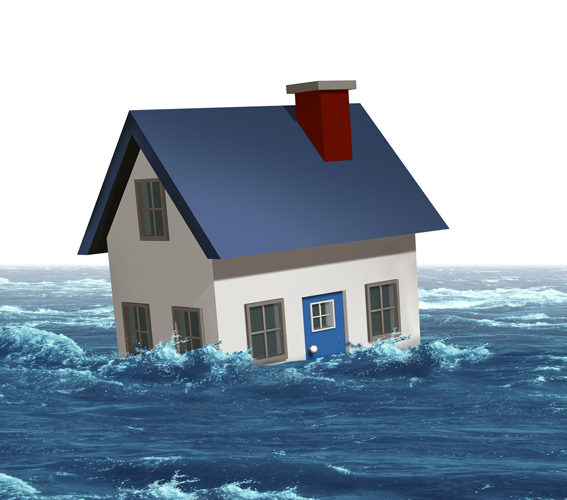Property owners often underestimate their exposure to low probability and high severity flooding risks. In particular, the National Flood Insurance Program (NFIP) mapping zones tend to give property owners located outside the high-risk special hazard flood areas a false sense of security.
Currently, properties located outside of FEMA’s high-risk zones with federally backed mortgages are not required to purchase flood insurance. However, those properties are still vulnerable to numerous flooding scenarios. According to the NFIP, “policyholders outside of mapped high-risk flood areas file over 20 percent of all NFIP flood insurance claims and receive one-third of federal disaster assistance for flooding”.



